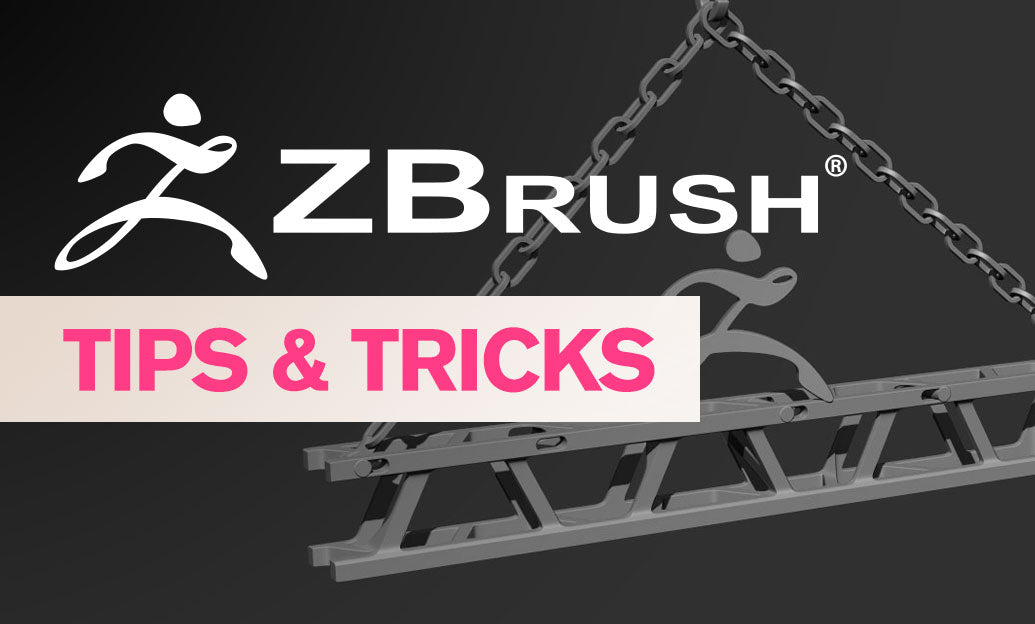Your Cart is Empty
Customer Testimonials
-
"Great customer service. The folks at Novedge were super helpful in navigating a somewhat complicated order including software upgrades and serial numbers in various stages of inactivity. They were friendly and helpful throughout the process.."
Ruben Ruckmark
"Quick & very helpful. We have been using Novedge for years and are very happy with their quick service when we need to make a purchase and excellent support resolving any issues."
Will Woodson
"Scott is the best. He reminds me about subscriptions dates, guides me in the correct direction for updates. He always responds promptly to me. He is literally the reason I continue to work with Novedge and will do so in the future."
Edward Mchugh
"Calvin Lok is “the man”. After my purchase of Sketchup 2021, he called me and provided step-by-step instructions to ease me through difficulties I was having with the setup of my new software."
Mike Borzage
Cinema 4D Tip: Essential Guide to UV Mapping in Cinema 4D for Accurate Texture Application
April 19, 2025 2 min read

Understanding UV mapping is essential for applying textures accurately to your 3D models in Cinema 4D. UV mapping involves projecting a 2D image texture onto a 3D model's surface. Here's a concise guide to help you grasp the basics of UV mapping in Cinema 4D.
What is UV Mapping?
UV mapping is the process of unwrapping the 3D model's surface into a 2D plane so that textures can be applied without distortion. The "U" and "V" refer to the horizontal and vertical axes of the 2D texture.
Why is UV Mapping Important?
Proper UV mapping ensures that textures align correctly on your 3D models, providing realism and detail. Without proper UVs, textures may appear stretched or misplaced.
Basic Steps for UV Mapping in Cinema 4D:
- Select the object you want to UV map.
- Open the UV Edit layout by going to the top menu and selecting "UV Edit".
- Generate UV Coordinates if your model doesn't have them by selecting "Mesh" > "UV Mesh" > "Create UV Mesh".
- Use the UV tools like "Relax UV", "Optimal Mapping", or "Projection Mapping" to adjust the UVs.
- Check the texture application by applying a test texture or checkerboard pattern to ensure there are no distortions.
Tips for Effective UV Mapping:
- Keep UV Islands Separated: Separate different parts of your model into distinct UV islands to minimize stretching.
- Maintain Consistent Scale: Ensure that the UV islands are proportionally scaled to maintain texture resolution across the model.
- Use Overlapping UVs Wisely: For symmetrical models, overlapping UVs can save texture space, but be cautious with unique textures.
- Utilize UV Peeling: Use the UV Peeler tool for cylindrical objects to unwrap them quickly.
- Check for Flipped Normals: Flipped normals can cause UV issues; make sure all normals are facing the correct direction.
Resources and Further Learning:
- NOVEDGE Cinema 4D Resources: For in-depth tutorials and professional insights, visit NOVEDGE's Cinema 4D page.
- Professional Training: Consider enrolling in a course or workshop to enhance your UV mapping skills.
Understanding UV mapping will significantly improve the quality of your texturing work in Cinema 4D. It may seem complex at first, but with practice, it becomes an intuitive part of your workflow.
You can find all the Cinema 4D products on the NOVEDGE web site at this page.
Also in Design News

Driving the Future: AI-Enhanced CAD for Automated Design Optimization
May 09, 2025 8 min read
Read More
ZBrush Tip: Maximize Your ZBrush Workflow with Advanced PolyPaint Techniques
May 09, 2025 2 min read
Read MoreSubscribe
Sign up to get the latest on sales, new releases and more …



